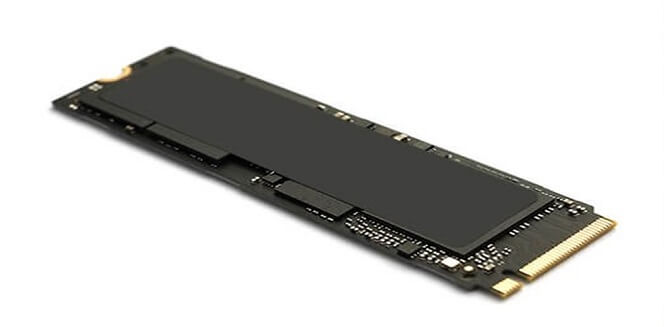Reasons Why 3D NAND Flash Memory Is Preferred over 2D NAND

25 Apr
2019
The ever growing demand for flash memory among regular customers as well as corporate data consumers has led to the development of 3D NAND flash memory.
Growing demand for data storage has lured the manufactures to use this technology in a number of applications. When it offers large storage space, it also operates faster and that too at a lower cost. As the existing technologies were not much competent to meet the increase in demand for data storage, this technology has significantly evolved over the period.
3D NAND, also known as Samsung V-NAND, was solely developed to prevail over the limitations of 2D NAND’s capacity. The fact that 3D NAND scales to higher density without giving up on data integrity has increased its demand to a significant extent.
Unlike planar NAND where memory cells are slanted on parallel lines, 3D NAND is set vertically with multiple layers on board. This is aimed toward attaining higher density, better tenacity, faster reads/writes, and lower power consumption. 3D NAND packs multiple vertical cells into smaller dimensions, thereby coming with more volume and capacity than 2D NAND.
Now, when it comes to the use specimens for 3D NAND, Hyperconverged infrastructure (HCI) is definitely worth mentioning. Though HCI is really helpful for large complex data centers, it’s always a bit expensive. Increasing capacity at a jet’s speed, (rather, at a flash to be specific) and at lower cost, 3D NAND helps HCI users in perking up performance at equitable prices.
At the same time, it’s also pretty useful in high-capacity environments. 15TB and above 3D NAND SSDs are already there in the market today, and 2U units with up to 6PB of storage are under development. These bulks and sizes are quite high-priced and exorbitant. The reason is quite simple. Along with absolute capacity, they require intelligent regulators and quick performance too. Nevertheless, the price of gaining 128TB and above with great performance and little latency is certainly a smart proposal for large data centers.
Following are the benefits offered by 3D NAND flash memory-
-
Compared to 2D NAND, 3D NAND comes with higher volume in smaller space. 3D NAND SSDs can cram in over 1 TB even in a 2.5” slot. As for an instance, Samsung has come with a 30 TB SSD and is striving to emerge with much higher capacities.
-
3D NAND comes with higher performance with less power depletion. 1-pass 3D NAND programming accredits higher speed read/write transmission capacity and IO (input/output). It not only paves the way for lower power pull than 2D NAND, but also guzzles up to 50% less power than planar NAND.
According to Allied Market Research, the global 3D NAND flash memory market is expected to grow at a significant CAGR from 2018-2025. Rise in demand for data storage across consumer electronics and enterprise storage sectors has driven the growth of the market. Moreover, the growing requirement of small-form factor has augmented the scope for R&D for such memory devices. To conclude, we can state that the 3D NAND flash memory market is proliferating quite rapidly and in the next few years to come, it’s going to give its contenders a tough competition indeed.

Rosy Behera
Author's Bio- Rosy Behera holds a bachelor’s degree in Electrical and Electronics Engineering and now she is a content writer by profession. She loves to portray her thoughts and ideas with a nice command of words. Grabbing an audience with her creative write-ups is one of her biggest assets so far. Apart from writing, she is a certified “Odisi” dancer and has done Gardharva in Drawing, Painting, and Arts. She always explores new things through travel and is a big foodie.
Avenue: Entire Library membership of Allied Market Research Reports at your disposal
- Avenue is an innovative subscription-based online report database.
- Avail an online access to the entire library of syndicated reports on more than 2,000 niche industries and company profiles on more than 12,000 firms across 11 domains.
- A cost-effective model tailored for entrepreneurs, investors, and students & researchers at universities.
- Request customizations, suggest new reports, and avail analyst support as per your requirements.
- Get an access to the library of reports at any time from any device and anywhere.
Related Post
-
How are Submarine Cables Transforming Global Connectivity with Enhanced User Experience?
-
Endoscopy Procedures: Transformations in Techniques and Applications
-
AI-Powered Video Analytics: How the Product Actually Works for enterprises
-
Painting Robots: Transforming Precision Coating and Creative Applications
-
Innovations in Pharmacovigilance Systems Advancing Patient Safety
-
Understanding Edge Security: Keeping Data Safe Near the Source
-
Exploring the Use and Advancements of 3D Laser Scanners in Professional Applications
-
Reinforcing Industrial Controls with Smarter Tools and Training








